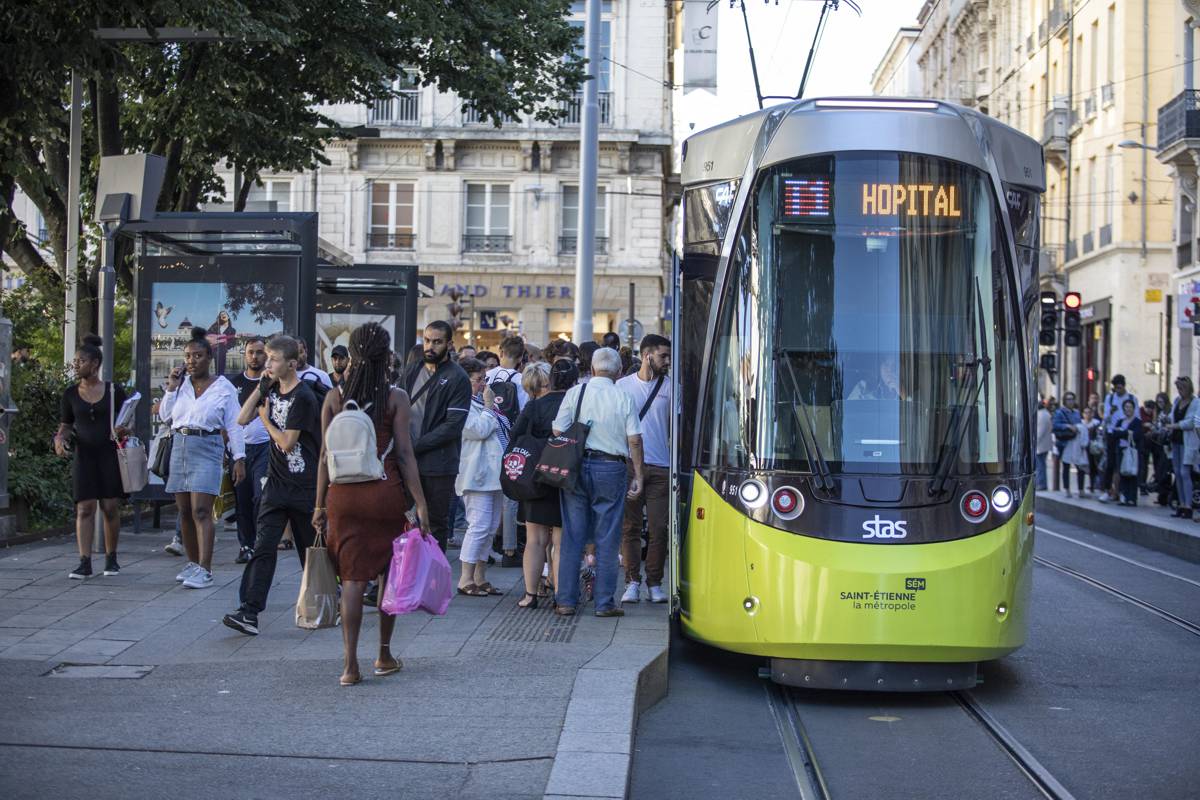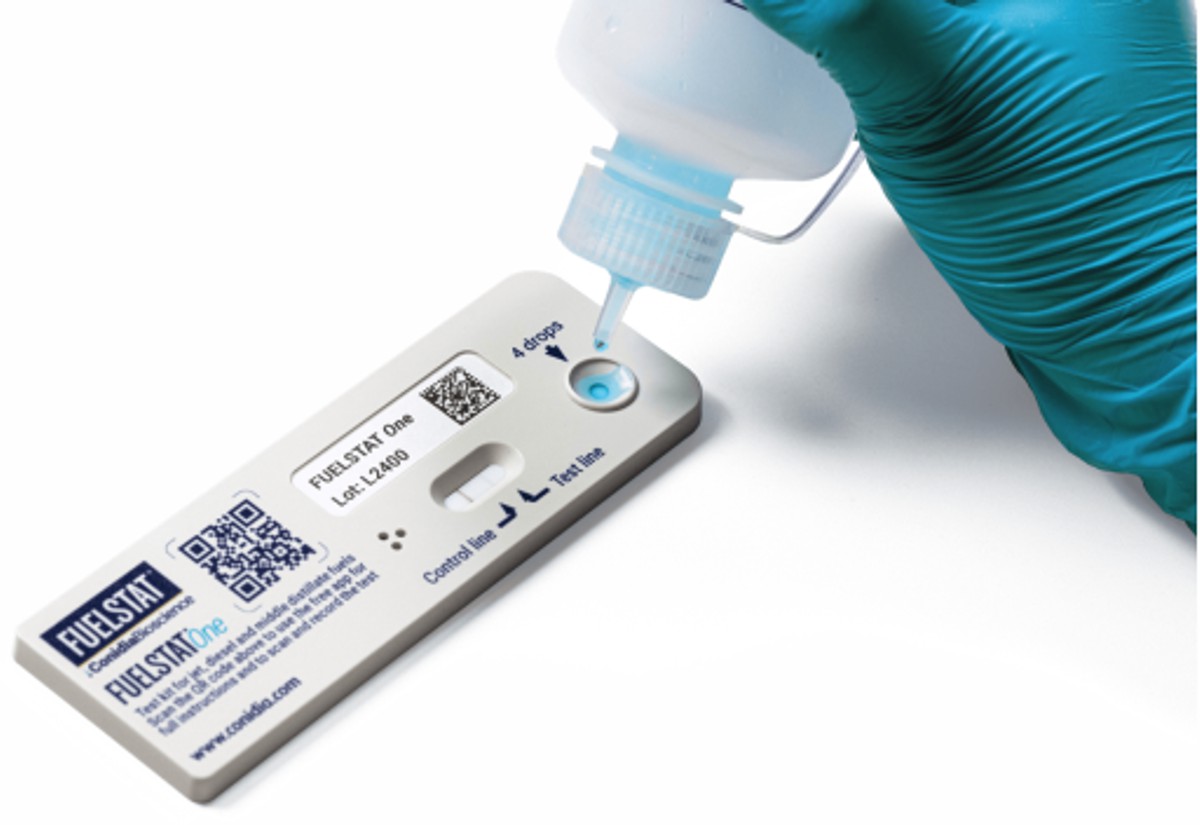6G to opening up new possibilities in Connected Mobility
Connected vehicles will make mobility more efficient, safer, more relaxed, and more intelligent. For this, the vehicles – whether on the road, in the air, or on the factory floor – will have to be able to reliably exchange data with each other and their surroundings.
Various sensors, such as radars, will play a key role in this. Sensors will enable vehicles to “see” and recognize their surroundings, helping them avoid collisions, for example. For the autonomous operation of vehicles in particular, sensors are indispensable. At present, automotive communication and sensor systems usually run independently of each other, even though they have a lot in common when it comes to features such as signal processing or system architecture.
The 6G-ICAS4Mobility project aims to more closely interconnect the communication and radar systems, which currently run separately, and to integrate them into a single 6G system. Over the next three years, the project will develop crucial foundations of the future 6G standard, and in this way make an important contribution to securing Germany’s and Europe’s technological sovereignty. The Bosch-led consortium of universities, automotive suppliers, communication and radar specialists, and drone providers has begun its research.
In the future, the real-time sensor data of different mobile units (such as vehicles) will be coordinated and combined via 6G mobile communications to create a more precise picture of vehicles’ surroundings. This will increase road safety and road-use efficiency. At the same time, the direct integration of radar functions into future communication models will cut costs and lead to a more efficient use of scarce wireless resources.
In addition to addressing relevant scenarios for road traffic, insights gained from the project will serve, in particular, as technical foundations for applications in the connected drones domain as well as in Industry 4.0 (e.g. for driverless transport systems). 6G-ICAS4Mobility is being funded by the German Federal Ministry of Education and Research to the tune of ten million euros, or 70 percent of the project costs.
Direct data exchange is fundamental
Closer interconnection and integration of communication and sensing (ICAS) has been discussed at length for several years, especially in the academic world. The project now aims to demonstrate that the technology works in practice, so that it can then be used in the future mobile communications standard.
“ICAS is considered a key technology for future 6G systems. It will open up completely new possibilities that go far beyond the potential of current wireless technologies,” says Andreas Müller, the initiator of 6G-ICAS4Mobility and project manager of 6G activities at the consortium leader Bosch.
“Shared use of the wireless spectrum, the hardware, and the signal processing makes it possible to implement all systems far more efficiently overall, and to significantly save costs and energy at the same time,” Müller says. The “sidelink,” which enables direct communication between two vehicles, plays an important role here. It can be used independently of the existing mobile communications infrastructure. This means that, in the future, autonomous driving will also be possible in regions with poor cellular coverage.
6G research is gaining steam around the world. The German government alone is funding activities in this direction to the tune of 700 million euros until 2025; the EU has budgeted another 900 million euros for 2021 through 2027. Analogously, there are giant investment programs in other parts of the world as well, with the U.S, Japan, South Korea, and China leading the way.
This reflects, among other things, the geopolitical importance of 6G as well as its expected significance in terms of technological sovereignty. Experts predict that the first 6G standard will be completed by about 2028.

The project partners
- Robert Bosch GmbH
- Fraunhofer Heinrich Hertz Institute
- IMST GmbH
- NXP Semiconductors Germany GmbH
- Ulm University
- FAU Erlangen-Nuremberg
- TU Kaiserslautern
- TU Ilmenau
- Missing Link Electronics GmbH
- CiS GmbH
- AeroDCS GmbH
- Barkhausen Institut gGmbh
- Hensold Sensors GmbH
- Merantix Momentum (Merantix Labs GmbH)
- Denso Automotive Deutschland GmbH














